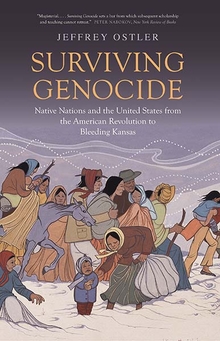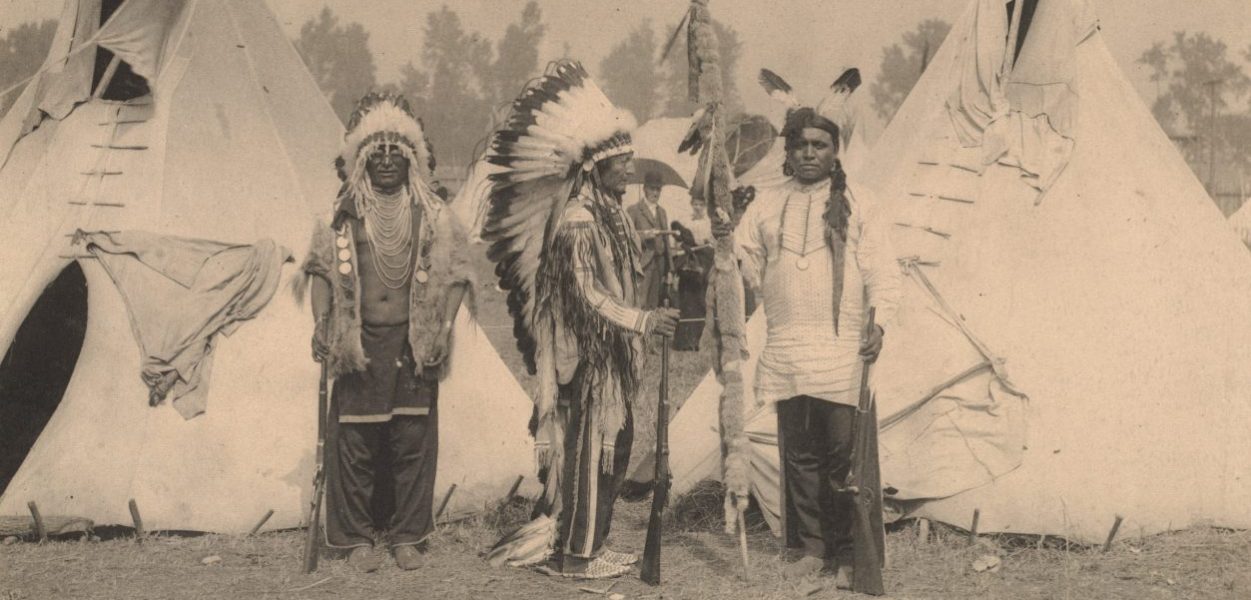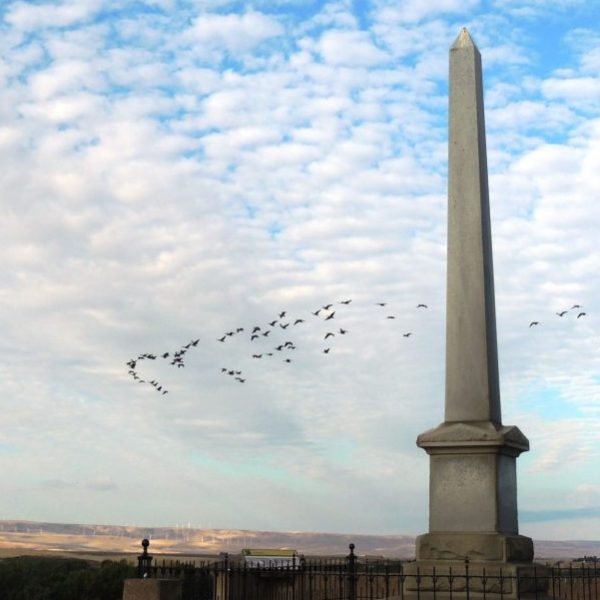Surviving Genocide
Jeffrey Ostler—
The United States imagined several ways that Native people might be dispossessed. One possibility American leaders envisioned was that Indians would conveniently disappear as a result of seemingly “natural” and supposedly inevitable historical trends. This self-serving fantasy, however, did not happen. American leaders also talked a great deal about another possibility, that the United States might “civilize” Indians and assimilate them into American society. Historians have generally accepted American leaders’ professions of a desire to civilize Indians at face value. In my view, however, U.S. officials were never seriously committed to a policy of civilization. As early as Thomas Jefferson’s presidency (1801–1809), U.S. actions made it clear that despite talk of civilization and assimilation, the United States would ultimately pursue a third option for the elimination of Indians east of the Mississippi River: they would be moved west of the Mississippi. For practical reasons, it was not possible to implement a full-scale policy of removal until 1830 with the passage of the Indian Removal Act. In the meantime, the United States took a piecemeal approach to eliminating Indian lands and opening them to settlement by demanding that Native nations agree to treaties that ceded a portion of their lands. The preference of U.S. officials was for Native nations to willingly accept demands for their lands, but many Native leaders refused to agree to land cession treaties. These leaders regarded treaties that other leaders signed (almost always under coercive pressure) as illegitimate and often turned to militant resistance to defend their lands. When this happened, U.S. officials pursued another policy option: genocidal warfare. For several reasons, including cost, lack of capacity, and the necessity to appear to be acting according to Tocqueville’s “laws of humanity,” the United States did not make outright genocide its first option for elimination. But, as this book will show, U.S. officials developed a policy that “wars of extermination” against resisting Indians were not only necessary but ethical and legal.
As the United States expanded and pursued the elimination of Native people, it unleashed a variety of destructive forces on Indian communities: war and violence, disease, material deprivation, starvation, and social stress. These forces were interrelated in complex ways. American warfare against Indians, for example, sometimes resulted in substantial loss of life from direct killing, but it also had other destructive consequences. American soldiers’ rape of Native women, a phenomenon that is documented in the historical record and likely occurred far more frequently than the documents reveal, did not usually result in death. As legal scholar Sarah Deer explains, however, rape frequently “traumatized” Native women and left them unable “to contribute productively to the community.” Warfare also frequently resulted in the burning of Indian towns and crops, and this often led to material deprivation and starvation, conditions that favored disease. Similarly, the process of moving eastern Indians west of the Mississippi, though sometimes involving direct violence and massacre, was lethal primarily because the conditions of removal—lack of adequate food, clothing, and shelter, unfavorable environmental conditions (including weather), and social stress associated with forcible deportation—made people vulnerable to a variety of pathogens. After removal, Native nations attempting to make new homes in the West continued to suffer from social stress and poverty, which in turn increased their vulnerability to entrepreneurs seeking markets for liquor. All of this made people more vulnerable to disease, including alcoholism. Indians were not powerless in the face of forces of destruction. As we will see, they managed more often than not to avoid taking massive casualties at the hands of American military operations (and sometimes inflicted great damage on American armies) and were often able to minimize the impact of deadly disease. Indians succeeded in rebuilding their communities after wars and removals, but over time, many Indian nations, suffering from multiple assaults, experienced substantial population losses.
We know surprisingly little about general demographic trends for Indians in the eastern United States. How many Native people lived east of the Mississippi River in 1783, when the United States gained its independence and claimed control over that territory? And how many were in that same territory in 1830, when the United States fully implemented its policy of removal? Although there are no estimates in the existing scholarship, sufficient data exist for individual nations and particular regions to arrive at estimates. Remarkably, despite fifty years of aggressive American expansion, the Indigenous population east of the Mississippi actually increased from the 1780s to 1830. The population of some nations declined, but most either remained stable or grew, making for an overall rise. A growing Indigenous population hardly means that U.S. expansion was benign. Rather, an increasing Indigenous population is a testament to Native capacities to adapt to changing conditions and rebuild their populations after periods of warfare and destruction, in short, to their resilience. It is also a major rebuke to the central argument U.S. policymakers used to justify removal: that Indians were vanishing and needed to be moved to “save” them from total extinction.
From Surviving Genocide by Jeffrey Ostler. Originally published by Yale University Press in 2020. Reproduced with permission.
Jeffrey Ostler is Beekman Professor of Northwest and Pacific History at the University of Oregon.
Further Reading:



























